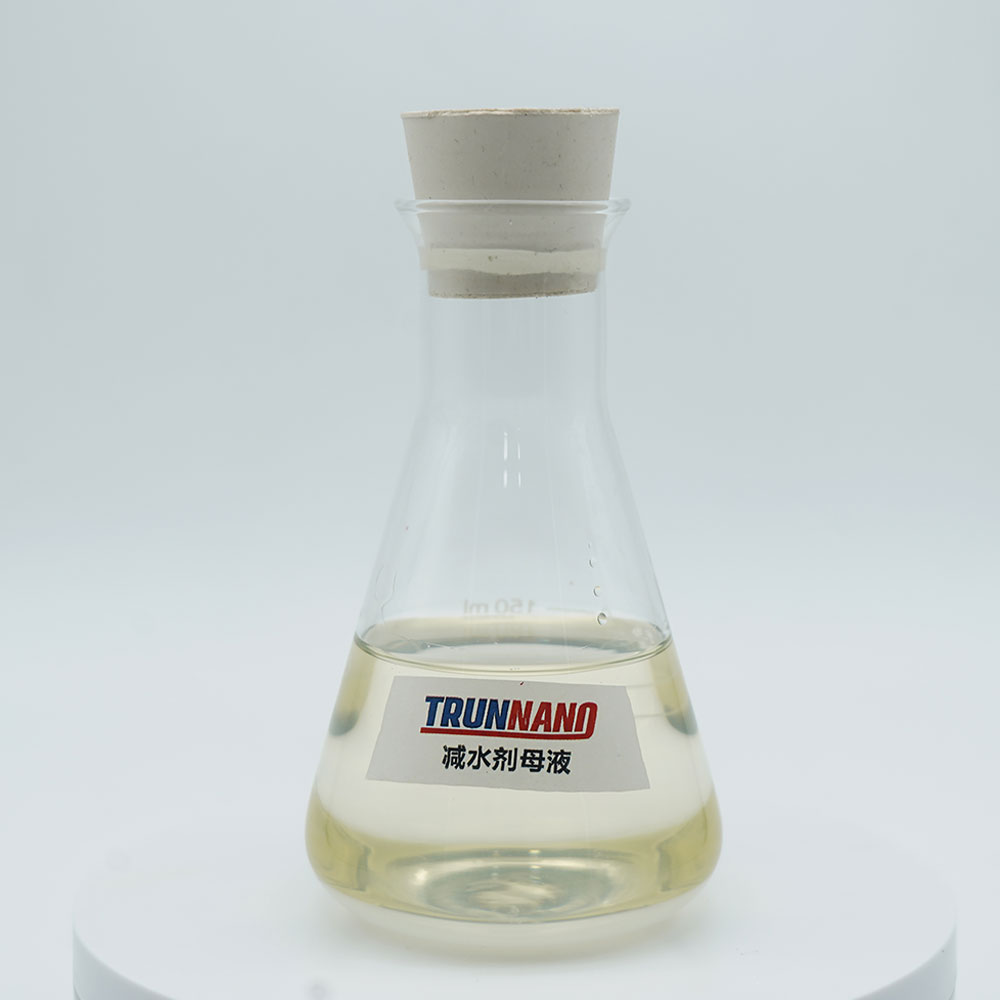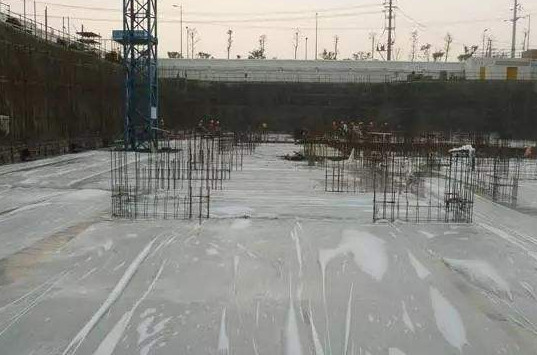Professional solutions on concrete addtives, Concrete Foaming Agent, Superplasticizer, CLC Blocks Additives, and foaming machine
(Features of Concrete Self-leveling)
Retro is an eternal topic in the fashion circle. Nowadays, the retro trend has also spread to the home circle. Do you still remember the cement floors that every home had in the 1970s and 1980s? Nowadays, there is a new technology to replace cement self-leveling, which makes up for the shortcomings of the traditional cement floor that is rough, uneven and prone to dust. After the return of the trend, it has become a new internet celebrity in the home furnishing circle! Therefore, if you want to do a good job in cement self-leveling, what issues must you know in advance? Let's take a look together.
What is self-leveling cement?
Self-leveling cement is to mix special cement powder and water in proportion, then spread it on the ground and automatically flow. It will automatically find low-lying areas on the ground and fill them up. After curing, the ground will be smooth, even in color and seamless.
What are the advantages of self-leveling cement?
Short construction period can be completed in as little as half an hour and can be used after 24 hours to 72 hours of drying
Construction: The construction cost will increase depending on the specific construction effect. many users choose environmentally friendly floor paint.
Good appearance: 3-5mm thickness, texture, versatile and versatile.
What should you pay attention to when constructing self-leveling cement?
a. The base layer must be cleaned to remove floating dust, oil stains, and other substances that are unfavorable for bonding. If the potholes in the base layer are large, they need to be filled up;
b. Carry out maintenance according to the requirements of various self-leveling materials;
c. Cement self-leveling has certain requirements for construction technology otherwise cracking, hollowing, etc., will easily occur;
d. The thickness of cement self-leveling generally cannot exceed 25px.
Should the ground that has been constructed with cement-based self-leveling be level?
During the construction of cement-based self-leveling, special attention should be paid to the difference between smooth and super-flat floors. The so-called smooth floor refers to the ground after construction. Although the overall ground is flat, the overall ground is not necessarily horizontal. It is based on the original The high and low direction, smooth down;
Super-flat ground refers to the ground where the entire ground is on the same horizontal plane. The construction process of super-flat ground is very complicated. It is necessary to determine the horizontal points and then carry out construction according to the horizontal points.
When constructing cement-based self-leveling, the moisture content of the concrete base is relatively high. Can it be constructed?
The high moisture content of the concrete base has no impact on the construction of cement-based self-leveling. The construction of cement-based self-leveling involves adding water to self-leveling mortar, mixing it, and paving it on the concrete foundation; at the same time, a water-based interface agent must be applied before paving.
Therefore, the high moisture content of the base layer has no impact on the cement-based self-leveling construction. However, there should be no open water on the surface of the base layer, and the concrete deformation has stabilized.
How to conduct on-site investigation and precautions before cement-based self-leveling construction?
When surveying, please use a pullout tester, a 2-meter-long ruler and a wedge feeler gauge. During inspection, you should pay attention to the following aspects:
The strength of the ground – use a pullout tester to test the strength of the base concrete surface. Only the ground that exceeds 1.0Mpa is qualified for construction.
Whether there is sand on the ground – There are two situations when there is sand on the ground. The first situation: sand is caused by the bleeding of the cushion concrete. In this case, the surface has no strength. Mechanical grinding is used to remove the surface laitance. Then, carry out cement-based self-leveling construction; the second case: sanding on the surface due to insufficient strength of the cushion concrete.
The flatness of the ground and the general direction of the drop – use a 2-meter-long ruler to test the ground, select no less than 5 measuring points within 100 square meters, and select 3 lowest points in each measuring point, use the 15 lowest points to calculate the average and determine the construction thickness; determine the height direction of the flat ground, and mark it on the wall. During construction, choose to construct from the high point to the low point.
When the ground is severely sandy, orange peel will appear after cement-based self-leveling treatment. Why?
The main reason is that when the ground is severely sandy, it will affect the leveling properties of self-leveling. It is recommended to increase the construction thickness at least 4mm, to slow down or eliminate this phenomenon.
In addition, grease easily penetrates the capillary pores of cement-based self-leveling, causing oil stains. However, the main components of cement-based self-leveling materials are inorganic materials such as cement and quartz sand, which will not react with PVC glue.
How much does self-leveling cement cost?
In fact, the floor materials are not expensive, but because they require more labor to polish, they are heavy. Please refer to the local labor prices for details. All in all, it costs about the same as laying medium tiles. But one thing is very important. If the bottom surface is not polished carefully, the result will be terrible.
The difference between cement self-leveling and epoxy self-leveling
In terms of materials, self-leveling cement is an inorganic material. It uses cement of a certain grade as the base material and is a single component. Water is added during construction. Epoxy self-leveling is an organic substance. It is composed of epoxy resin as the adhesive material and the addition of pigments, fillers and auxiliaries. It is usually used with a curing agent as a two-component, and basically, no other auxiliary materials are added during construction.
Laying requirements: Cement self-leveling can be used as base leveling, on which epoxy floor coating can be laid, or it can be used directly as a facing layer. Epoxy self-leveling flooring can only be used as a finishing layer and cannot be used as a wear-resistant base layer.
In terms of technology, cement self-leveling is constructed in one step. Epoxy self-leveling requires multiple scrapings.
Construction steps of self-leveling cement
The construction steps of cement self-leveling mortar floor "seem to be simple, but are actually delicate," including base treatment – repair of base defects – primer construction – inorganic self-leveling mortar construction – polyurethane covering and other processes, and also require construction. The moisture content of the base surface on site is <5-6%, the air humidity is <60% and the ideal ambient temperature is 10℃-25℃.
Supplier
TRUNNANO is a supplier of polycarboxylate superplasticizer, which is concrete and relative products with over 12 years experience in nano-building energy conservation and nanotechnology development. It accepts payment via Credit Card, T/T, West Union and Paypal. Trunnano will ship the goods to customers overseas through FedEx, DHL, by air, or by sea. If you are looking for high-quality concrete additives, please feel free to contact us and send an inquiry. (sales@cabr-concrete.com).
(Features of Concrete Self-leveling)







